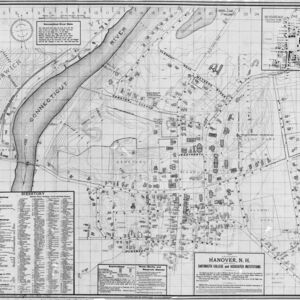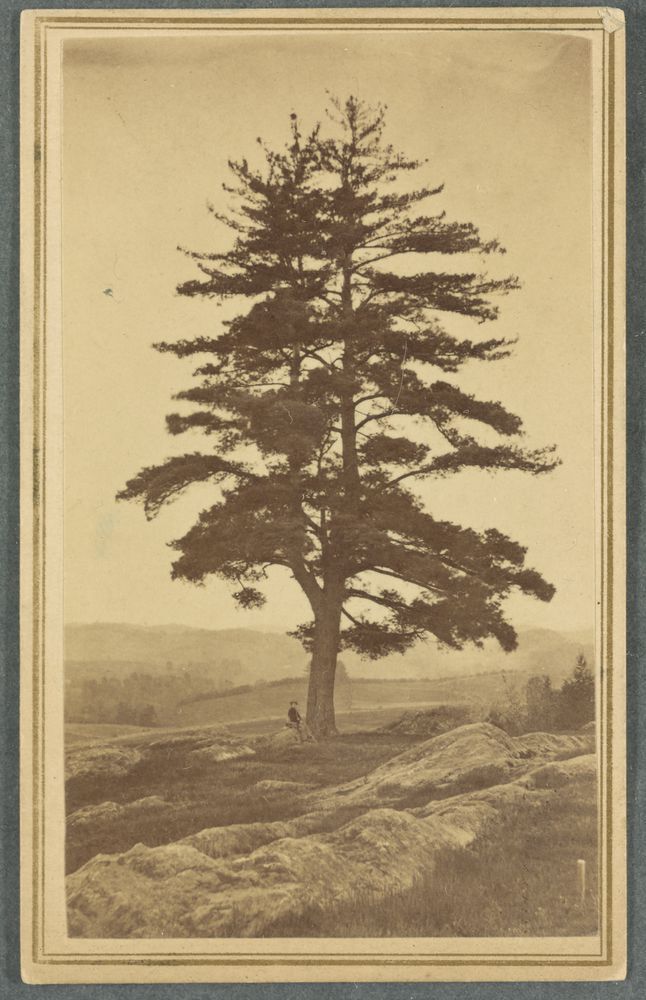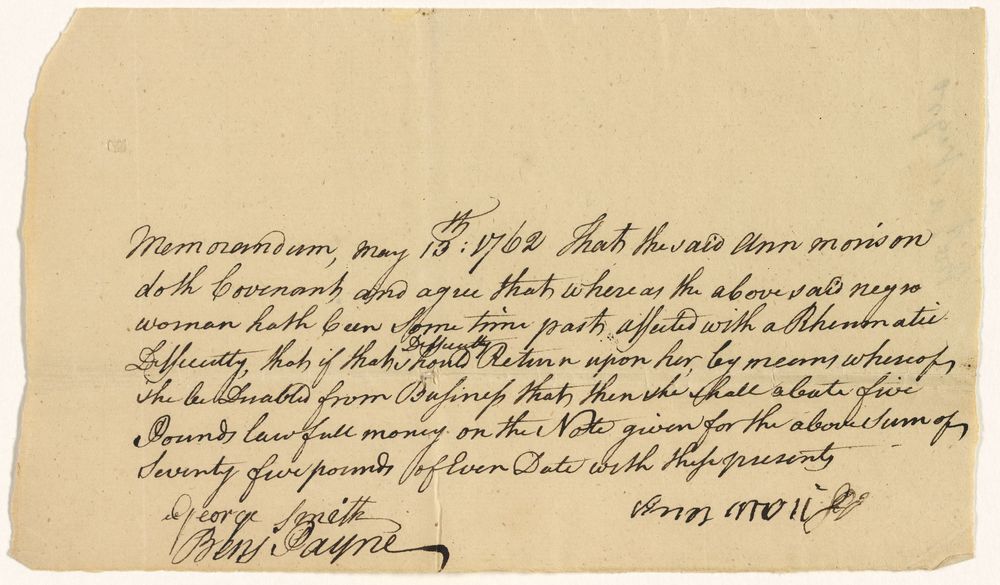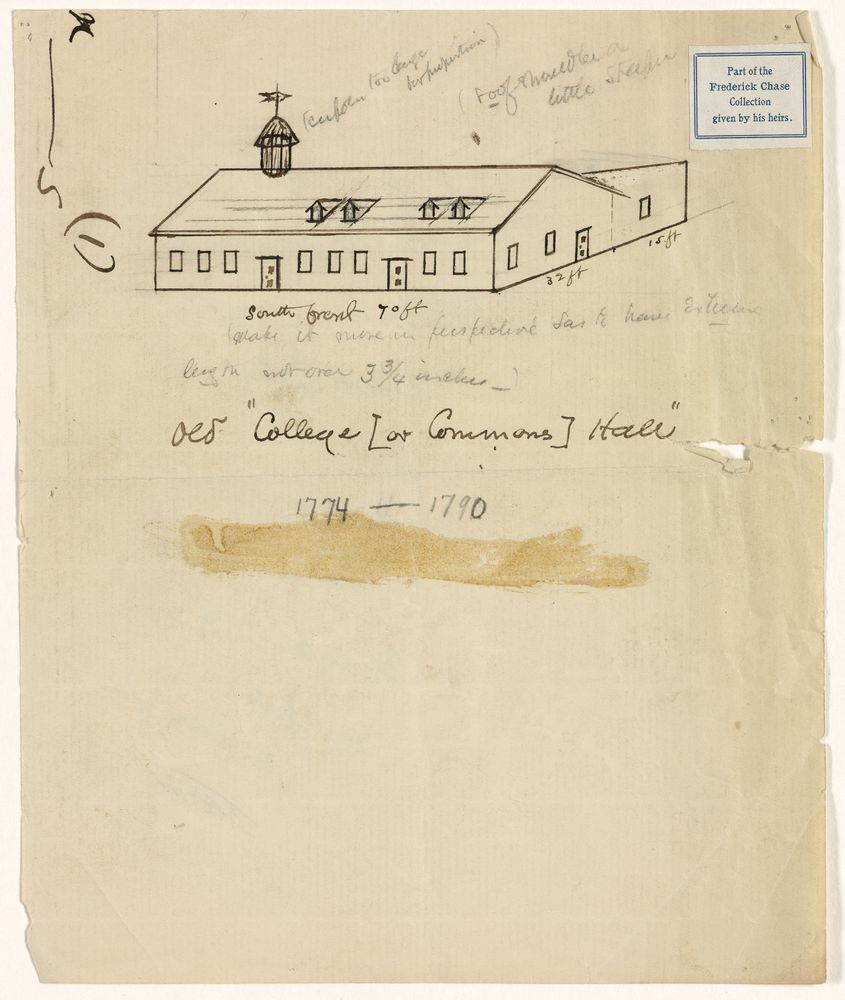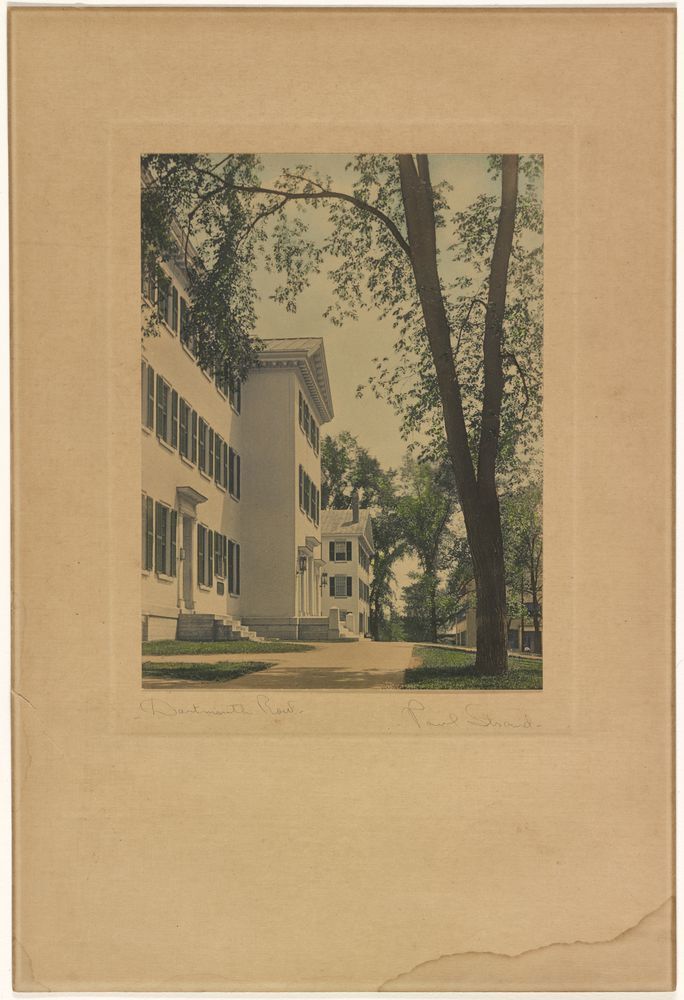The Expanding Campus
In the summer of 1770, Dartmouth’s founder, Eleazar Wheelock, traveled to Hanover to set up his new College named for the Earl of Dartmouth. Wheelock, who owned at least eighteen enslaved people during his lifetime, brought seven of them with him on the journey. When they arrived in Hanover, they found the “Hanover Plain” covered in massive white pines that are reported to have stood more than 200 feet tall and were as much as five feet in diameter. The enslaved people, with the help of Wheelock’s followers, set about clearing the land. They left one of these trees, the Old Pine, which despite its imperfections (which probably saved it), became a symbol of the College. Over the next 100 years, the College existed primarily on the small hill to the east side of the Green, but as the 20th century approached, the College began, like the universe, to expand, slowly taking over the northern part of the town. Today, that reach extends deep into the southern part of Hanover to the point where it is hard to determine where the College ends and the town begins.

